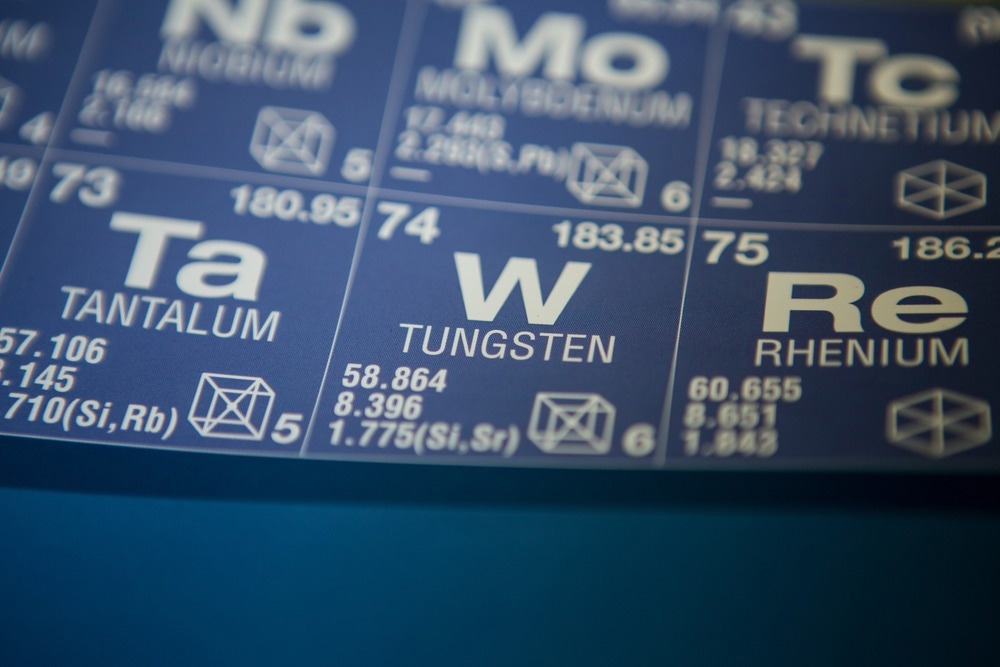To unlock the potential of nanotechnology research, a quantitative understanding of nanomaterials has become essential. Nanomaterials can be analyzed quantitatively or qualitatively, depending on the nature of the analysis. This article discusses the role of elemental analysis in nanomaterials research.

Image Credit: Intothelight Photography/Shutterstock.com
What is Elemental Analysis and Why is it Used?
Nanotechnology has emerged as a scientific and engineering field that promises many potential solutions to a wide range of problems. Nanomaterials occur in a variety of shapes and sizes and contribute to a wide range of commercial and industrial applications. With new and significant applications, nanomaterial-containing products will likely replace many of the products we use daily.
The growing interest and importance of nanomaterials stem from their diverse commercial applications, including automobile additives, sunscreens, pharmaceuticals, detergents, personal care, and many more. Despite their promising applications, these particles can pose a serious health risk to humans and the environment.
Close examination of the elemental composition of these particles is thus essential to ensure the safe and sustainable advancement of nanomaterials, which is where elemental analysis comes in. To put it simply, elemental analysis is widely used to determine the chemical composition of nanomaterials.
Detection Methods of Elemental Analysis
Inductively Coupled Plasma Mass Spectrometry is used to analyze and determine many of the elements in the periodic table at milligrams to nanogram levels per liter. This method integrates an inductively coupled plasma source with a mass spectrometric detector with high sensitivity (from the percent level to the parts per trillion (ppt) range). Geochemical analysis, food quality analysis, metallurgy, environmental monitoring, pharmaceutical analysis, and clinical research are just a few of the fields where it is used.
X-ray photoelectron spectroscopy is another method of elemental analysis in which monochromatic X-rays are used to analyze the surface of a sample. In this technique, core electrons are released by using a monochromatic X-ray beam, and the kinetic energy radiated aids in identifying the components present in the sample. This type of elemental analysis can be used to describe specific functional groups associated with a given element.
Elemental analysis is also carried out by using energy dispersive X-ray spectroscopy. Each element has a distinct atomic structure, which makes it possible to fingerprint its electromagnetic emission spectrum by looking for a particular set of peaks. By concentrating on a particular region of the sample surface, energy dispersive X-ray spectroscopy analysis may identify the elements present in the sample and offer semi-quantitative analytical findings and the proportion of each element in the sample.
An elemental analyzer combined with combustion analysis can analyze samples containing carbon, sulfur, nitrogen, and oxygen. This method uses "flash combustion" to instantly and completely oxidize samples, turning every inorganic and organic material into a combustion product, and the subsequent combustion gases decide the concentration information. Such an elemental analysis technique is especially necessary for determining the elemental composition and purity of unidentified compounds because it establishes the weight percentage of the element in a compound. Chemical characterization of pharmaceutical and food products, as well as applications in materials science, are some applications that benefit from this technology.
Examples of Elemental Analysis in Nanotechnology
Chromium (III) pigments are used as colorants in face powders and eye shadows. The use of these contaminants-containing products poses serious risks of sensitization and contact allergies. Chromium levels in cosmetics are typically very low and should not cause skin sensitization. However, if a consumer is already sensitized to Cr (VI) from other sources, the low concentration permitted in cosmetics may cause allergic reactions. Inductively coupled plasma is being used to optimize and control the level of Cr (VI) in cosmetic products.
Inductively coupled plasma mass spectroscopy is also widely used to understand the nature and content of undesirable and toxic chemical elements in drinking water sources, as well as to determine traces of toxic element content in the air.
For example, scientists have reported the detection of silver nanoparticles in drinking water using inductively coupled plasma mass spectroscopy.
Nanomaterials are used in food products; hence there is a need to understand and manage both potentially negative and positive effects of nanomaterial consumption. As a result, depending on the state and type of the material, different elemental analysis techniques are widely used to determine the possible effect of nanomaterials in food products.
Future Perspective and Challenges
Elemental analysis is an effective method for detecting and quantifying specific nanomaterials. Especially toxic nanomaterials are profoundly emerging pollutants in the ecosystem; these concentrations may be extremely low compared to other analytes in environmental samples. More research is required to develop detection methods for nanomaterials with detection limits that correspond to environmental concentrations.
Communication between industry and academia about ongoing research and development will be critical to developing effective detection and quantification methods and thus protect the environment.
Continue reading: What are the Main Non-Destructive Testing Techniques in Nanoanalysis?
References and Further Reading
Mourdikoudis, S., et al. (2018). Characterization techniques for nanoparticles: comparison and complementarity upon studying nanoparticle properties. Nanoscale, 10(27), pp. 12871-12934. https://doi.org/10.1039/C8NR02278J
Dudkiewicz, A., et al. (2011). Characterization of nanomaterials in food by electron microscopy. TrAC Trends in Analytical Chemistry, 30(1), pp. 28-43. https://doi.org/10.1016/j.trac.2010.10.007
Englert, B. C. (2007). Nanomaterials and the environment: uses, methods and measurement. Journal of Environmental Monitoring, 9(11), pp. 1154-1161. https://doi.org/10.1039/B705988D
Szakal, C., et al. (2014). Measurement of nanomaterials in foods: integrative consideration of challenges and future prospects. ACS nano, 8(4), pp. 3128-3135. https://doi.org/10.1021/nn501108g
What is Elemental analysis used for? JordiLabs. Available at: https://jordilabs.com/blog/what-elemental-analysis-used-for/
Disclaimer: The views expressed here are those of the author expressed in their private capacity and do not necessarily represent the views of AZoM.com Limited T/A AZoNetwork the owner and operator of this website. This disclaimer forms part of the Terms and conditions of use of this website.